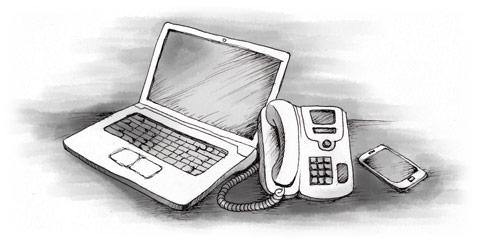First, here are some tips on saving data
Make sure you set up your phone to measure your data usage, it's a good idea set a notification for before you run out of data.
Make sure configure your phone and apps to not use mobile data in the background
Calling home using Internet calling apps can eat through data: as you will probably have a lot of local calling minutes in your plan, use a service like KeepCalling for international calls and save your data. This is especially useful if you run out of data and need to make a call, it can also help for much better call quality if you are in a place with less cell coverage.
And, the most obvious - use wifi as much as possible!
Why is it so expensive?
Canada is a big place with low population density in many places, that - plus the fact that there is limited competition - means the cost of cellphone service is one of the highest in the world. This is a big surprise to many people.
Pay-as-you go cell service plans in Canada usually have limited data allowances and can be quite costly to top-up if you run out. The best advice is to get a permanent contract as soon as the plans are better value. If you can’t (because you are resident temporarily or because you don’t have a permanent address), then you are going to need to be careful.
Where does my data go?
Many web pages have become more data heavy in the last few years, but you are most likely to burn your data with media-intensive apps. Here some examples:
- Watching Netflix can mean 1GB an hour
- Scrolling TikTok can use 840MB an hour
- Catching up on Facebook can use 125 MB an hour
Any video (including ads which auto-play video) is what uses the most data. Audio (such as apps with voice-calling or music streaming is the second worst offender. You also need to watch out for things like automatically backing up your photos (set it to wifi only). On both Android and iOS you can see how much data is being used by different apps.


